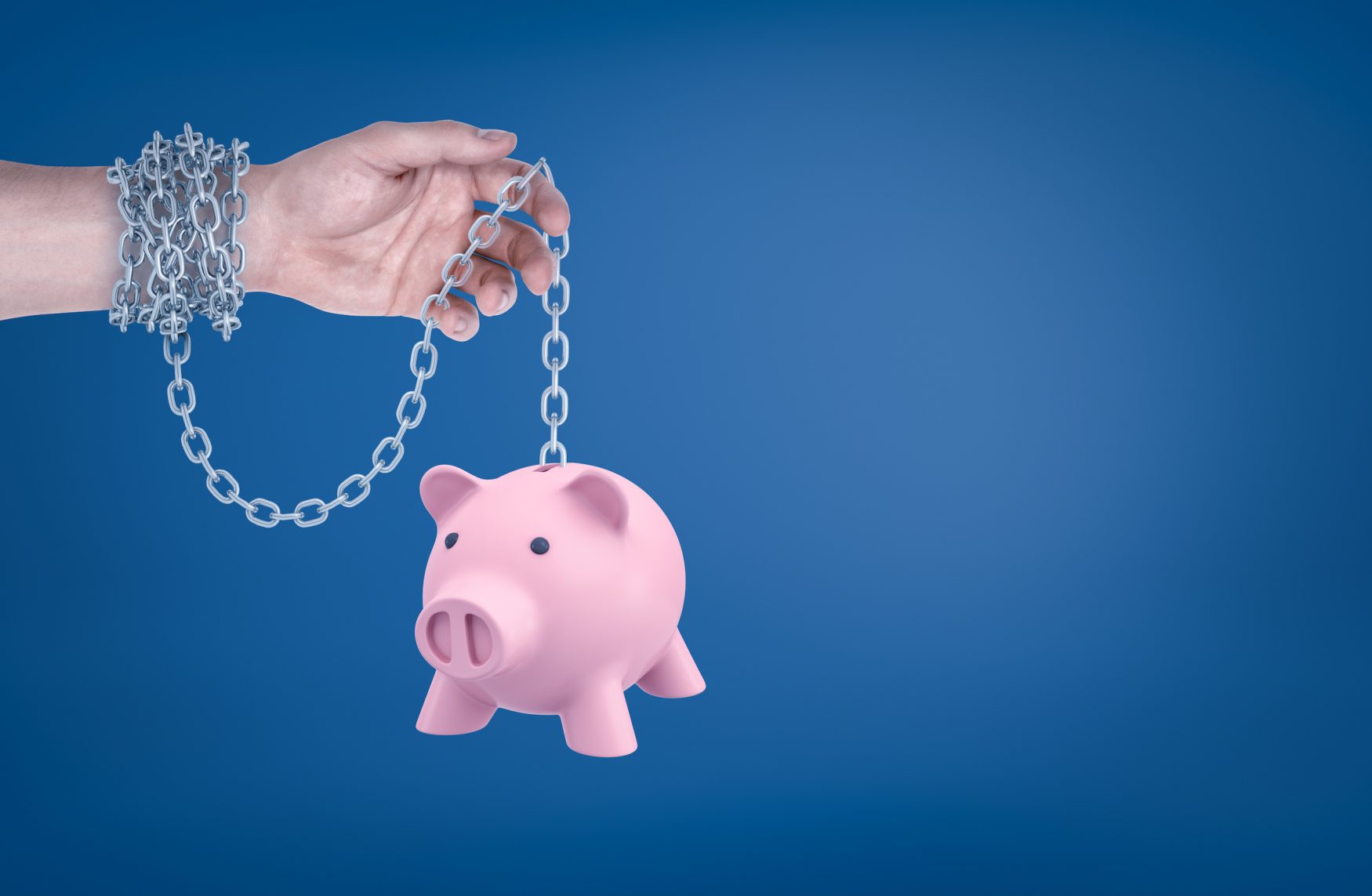
Functions of the Central Bank
The Functions of the Central Bank do More Harm Than Good to the U.S. Economy as Banks Are Supposed to Help Customers Not Turn Them Into Slaves.
What are the functions of the central bank? The central bank of a country is the only body that is authorized to make all the monetary policies of that country and control them accordingly.
The history of our central bank dates back to our “War of Independence”.
The startling fact is that most of the founding members of America were against the central bank’s formation.
This is because the English wanted to bring all their colonial states under the control of the Bank of England.
This was one of the reasons for America’s war of independence.
America wanted to break free from the economic shackles of the imperialistic British rule.
They knew a physical revolution was the only thing that would give them economic freedom.
Soon after the end of the war of independence, the treasury department of the newly-formed American government opted for the creation of the first bank of the United States.
After a brief gap of about five years, the second bank of America was established.
These banks had branches all over the country and catered to the banking needs of customers.
Era of Economic Rebuilding
Next came the free banking era, where numerous state chartered banks mushroomed and their reserves were controlled by the states.
These banks were unstable in nature and most of them vanished into thin air within a few years.
America plunged into a dark era of financial crisis and reprieve seemed a distant dream.
Later, some local banks like Suffolk Bank of Boston and New York Safety Fund of New York performed the functions of the central banks.
Later on still, the national banks took over, but the Panic of 1907 gave rise to the creation of the Federal Reserve System, which started delivering the functions of the central bank.
Many economists believe that the Federal Reserve Bank is a big deterrent to the economic growth of America.
Some even put it in the category of the Heterodox Austrian School because the Federal Reserve Bank provides fixed lending rates irrespective to the status of consumer savings.
Federal Reserve System and Facts
The American Federal Reserve system, to this day, lacks necessary transparency and accountability; even the books are not audited properly (to be more precise, there is no proper audit system in place for the Federal Reserve).
The functions of the central bank are unconstitutional and directly violate the Constitution, which does not give a group of private, corrupt bankers the authority to print money, loan it to the government, and have each U.S. taxpayer on the hook for the interest payments.
Most Americans are unaware the U.S. Federal Reserve Bank is a privately-run institution.
The general public believes it is regulated by the U.S. government because of the title Federal Reserve.
Hence, from the get-go the public is being duped and far too few people care enough to educate themselves on what the government and the elite people who control the system are doing to the economy and our financial well-being.
The functions of the central bank lay in the hands of private bankers who are nothing but high-level criminals; the elite.
The function of the central bank of a country like the U.S. should be controlled by the government, as the Constitution states.
Newspapers, except the New York Times (controlled by the powerful lobby of banks), have revealed the real character of the Federal Reserve system from time to time to the American people.
The whole of the Federal Reserve system is private, despite being brought into existence by a government act.
The Federal Reserve system was never meant to be for public benefit and, even today, it serves to satiate the rapacious urge of a handful of powerful bankers.
They have slowly eaten away at the whole of the American economy and but a small percentage of the U.S. public is aware, much less concerned about this.

 My First Amazing Ayahuasca Experience
My First Amazing Ayahuasca Experience  Pine Needle Tea
Pine Needle Tea  The REAL Controllers of Humanity: The Papal Bloodlines
The REAL Controllers of Humanity: The Papal Bloodlines  Is it Global Warming or Cooling?
Is it Global Warming or Cooling?  Gun Rights and Obama Examined
Gun Rights and Obama Examined